In the financial markets, “energy futures” refer to that elusive breed of investment instruments known as derivatives. The idea is that you can buy a contract now, for a set amount of energy (say, fuel) in the future. It’s what gave Southwest Airlines the leg up in the early 2000’s and allowed them to keep their prices so low for so long – energy futures, a good thing (potentially).
In a converse, but no less elusive, way, the same holds true for the actual future: it’s made up of the energy from today. The energy you expend today is shaping your tomorrow. Which means that to change your tomorrows, you have to change your todays. The future isn’t powered by, “Well I’d like to do that one day.” It’s powered by, “I’ll do this now, for my later.”
That’s all well and good of course, and perhaps we’ve all heard it before, but how do I actually change my todays? Habits have a way of staying, well, habitual. Never, never underestimate the power of inertia (something I have to continually re-learn). Inertia can be broken by a massive redirection, or by small shifts in weighting. Circumstances probably dictate which is better: the latter being preferred as less painful, but the former being required when it’s a matter of survival. But both require energy, and here is the crux of my argument: to change your future, stop managing time, and start managing energy.
Time is the space within which things can change, but energy is what actually accomplishes it. I propose that we stop looking at our life through the lens of time and start looking at it through the lens of energy. This could mean we look at our week in terms of when looks optimal for high energy activities, and when looks optimal for low energy activities. While some general patterns probably emerge, it will likely vary week to week based on some of the natural pivot points already built into the week.
Similarly, we can evaluate our list of results to be accomplished through the lens of which are high and which are low energy. There’s no use trying to accomplish all high energy tasks; you only have so many high energy hours during the week, and you need to ration them well. Likewise, there’s no use wasting high energy time on low energy tasks; high energy time is where you can actually shift inertia – this is where and when you need to be applying yourself.
Which brings me to the concept of energy prioritization: you will have more ideas and things to do than energy. It’s a given. Unless you have a way of ranking those high and low energy tasks, you’ll continually be drawn down the path of what my friend Scott Kregel likes to call, the “tyranny of the imminent.” The path, I might add, is a circular one, leading only to chasing our tails, and never out in a new direction. Circles are a waste of energy, and become more costly the more the business environment adapts more quickly. It’s why Jeff Bezos of Amazon.com has said, “Ideas are important but they are relatively easy. What is hard is taking that list of hundreds of ideas, ranking them, and picking the three that you are actually going to do. That’s intellectually one of the most challenging things that happens every day in a business that is growing this fast.”
Never, never underestimate the power of focus.
But back to energy. Another thing to realize about energy is that it usually gets harder before it gets easier. In the world of science, this is referred to as “activation energy.” Activation energy is the principle, as explained by the Clear Science tumblelog folks, that in order to get from a high energy state to a lower energy state, you actually have to go over a hump – getting over that hump requires more energy than both the high and low energy states, but it is the only pathway between them. Check out this graphic, think back on your own experiences, and consider how they compare.
To me, the chart above illustrates something very clearly: all change isn’t good. Now I know this is perhaps verboten in a business culture where we’re told, “change is the only constant,” “change or die,” and countless other change management slogans. But from my vantage point, change takes more energy than you think, more than you typically plan for. (Quick aside: take for instance this Kina Grannis video.)
You have got to factor in the activation energy, and then maybe even double your projection. Now compare that to the projected payoff, and only then can you really get an understanding of whether the change would be beneficial.
So pulling all these concepts together: think in terms of personal energy (not time) management as you look at your life, choose only a few high energy targets at a time while keeping the rest low energy, and factor in activation energy for any change you’re considering. Your energy is unique and worth something to the world. Don’t let it dissipate, but make it count. It’s what will lead to our future.
Adrian G. Simmons is a CPA innovating ways to put money in its place. After working as an auditor out of college for KPMG, he joined his father in public practice in 2002, and now acts as the Chief Creative Designer there. With the team, he looks for ways to help their customers become financially strong, so that they can focus on what truly matters in life. Adrian likes tech, uses a fountain pen, successfully attempted a half-marathon (and may try another) :), and prefers dark over milk chocolate.


You must be logged in to post a comment.